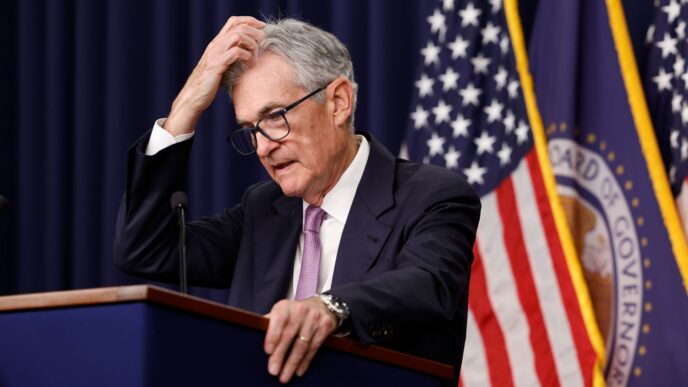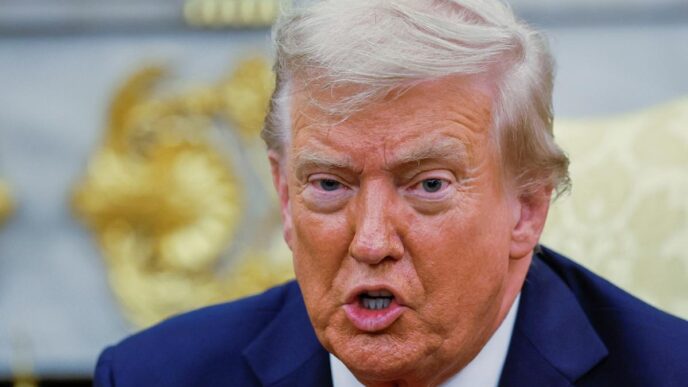Turkey’s central bank has officially ended the controversial deposit protection scheme designed to shield savers from lira depreciation, closing the chapter on a crisis-era policy that reshaped the country’s financial system. The move marks a turning point in Ankara’s economic management, signaling both confidence in stabilizing inflation and the lira, and a desire to normalize monetary policy after years of heavy intervention.
The Origins of the Protection Scheme
The lira protection program, formally known as the Currency-Protected Deposit Scheme (KKM), was launched in late 2021 at the height of Turkey’s currency crisis. At the time, a series of sharp interest rate cuts—championed by President Recep Tayyip Erdoğan despite soaring inflation—had triggered a freefall in the lira.
To stem the panic, the government introduced KKM accounts, which guaranteed savers compensation for any losses in the lira’s value against foreign currencies. In effect, the state promised to cover the exchange-rate risk for depositors. The scheme initially succeeded in halting capital flight and encouraging Turks to keep their savings in lira-denominated accounts rather than rushing to the dollar or euro.
A Costly but Effective Stabilizer
At its peak, KKM deposits accounted for more than one-third of Turkey’s banking sector deposits, with hundreds of billions of dollars’ worth of lira tied up in the program. But the protection scheme came at a steep cost: the state budget and the central bank absorbed the losses whenever the lira depreciated, creating significant fiscal strain.
While it provided short-term stability, critics argued that the program masked deeper problems, discouraging structural reforms and delaying a necessary return to orthodox monetary policy. Some economists likened it to “kicking the can down the road,” buying time but at the expense of long-term sustainability.
Why End It Now?
The decision to wind down the scheme reflects growing confidence in Turkey’s new economic approach under Central Bank Governor Fatih Karahan and Finance Minister Mehmet Şimşek. Since mid-2023, Ankara has pivoted back toward orthodox policies, hiking interest rates sharply to combat inflation and rebuild credibility with global investors.
With interest rates now at their highest levels in years, lira deposits have become more attractive on their own, reducing the need for state-backed protection. At the same time, inflation—while still high—has begun to show signs of peaking, and the lira’s volatility has moderated compared to the dramatic swings of previous years.
Market and Investor Reaction
Financial markets largely welcomed the announcement, interpreting it as a sign that Ankara is serious about restoring policy discipline. The lira held relatively steady following the news, while Turkish bonds and equities gained modestly.
International investors, many of whom had grown wary of Turkey’s unorthodox policies, see the end of KKM as a critical step toward rebuilding credibility. “It’s a message that Turkey is ready to move past stopgap measures and return to rules-based economic management,” said one London-based emerging markets analyst.
Risks and Challenges Ahead
Despite the positive signals, challenges remain. The unwinding of KKM deposits must be carefully managed to avoid renewed pressure on the lira. Some savers could still shift into foreign currency if they lose confidence in the central bank’s ability to contain inflation.
Moreover, with inflation still running well above official targets and wage pressures mounting, maintaining economic stability will not be easy. Any sign of political interference in monetary policy—long a source of volatility in Turkey—could quickly reverse recent gains.
A Step Toward Long-Term Stability
Ending the lira protection scheme is more than a technical policy adjustment; it represents a symbolic break from the crisis-driven improvisation of recent years. By drawing a line under the program, Ankara is signaling that it is prepared to face the economic challenges ahead through conventional tools rather than extraordinary interventions.
For Turkish households, the shift could mean greater predictability in savings and investments, though they will now bear the currency risk themselves. For the government, it offers relief from a mounting fiscal burden and an opportunity to focus resources on structural reforms.
Conclusion
The end of Turkey’s lira protection scheme is both a milestone and a test. It marks the country’s attempt to restore monetary orthodoxy after years of turbulence, but success will depend on maintaining policy consistency and rebuilding public trust in the lira.
If managed carefully, this move could be the first step toward long-term stability, rekindling investor confidence and laying the groundwork for sustainable growth. But the risks of backsliding remain—and for a nation still scarred by years of inflation and currency volatility, the path forward will demand both discipline and resilience.
















